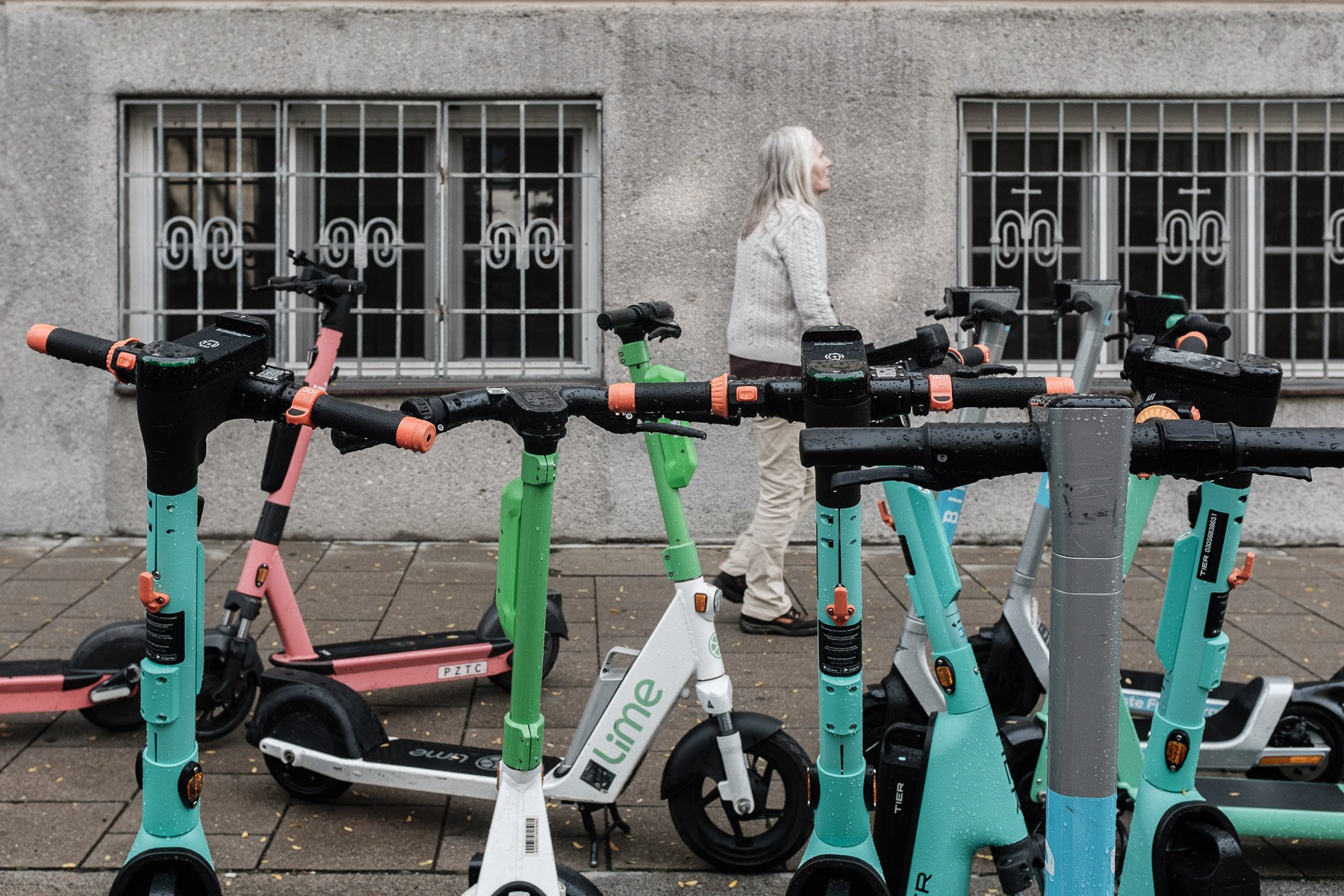
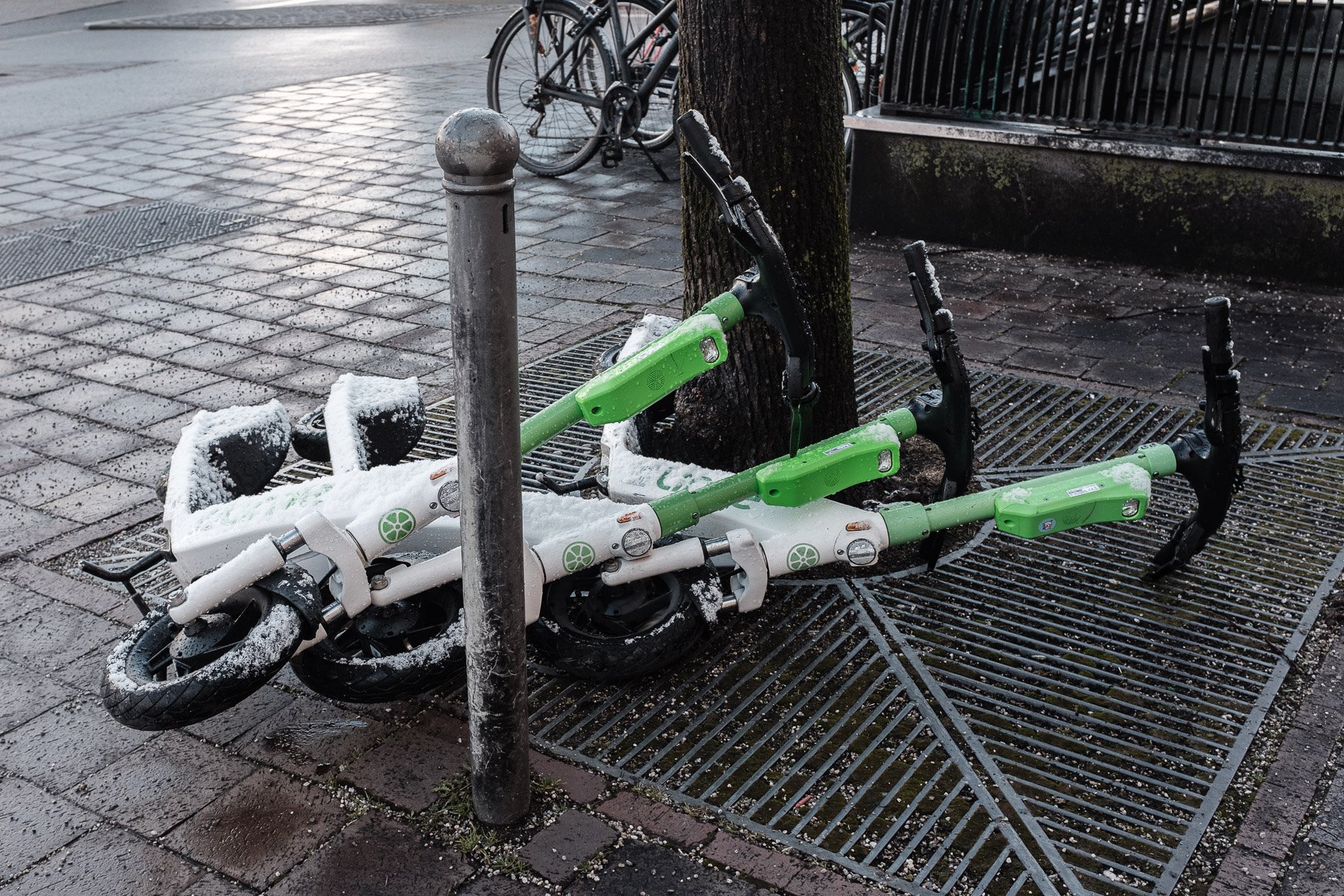
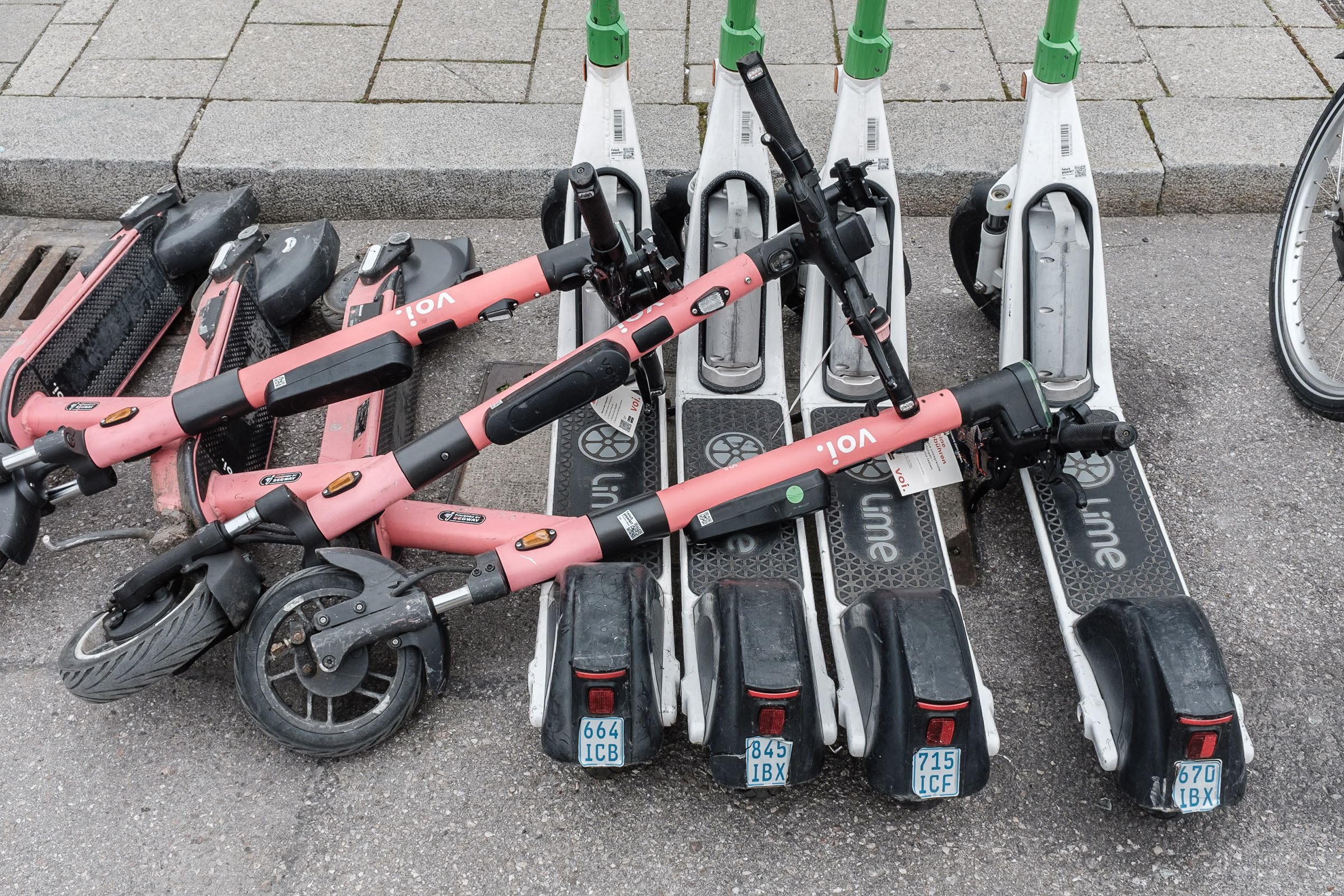

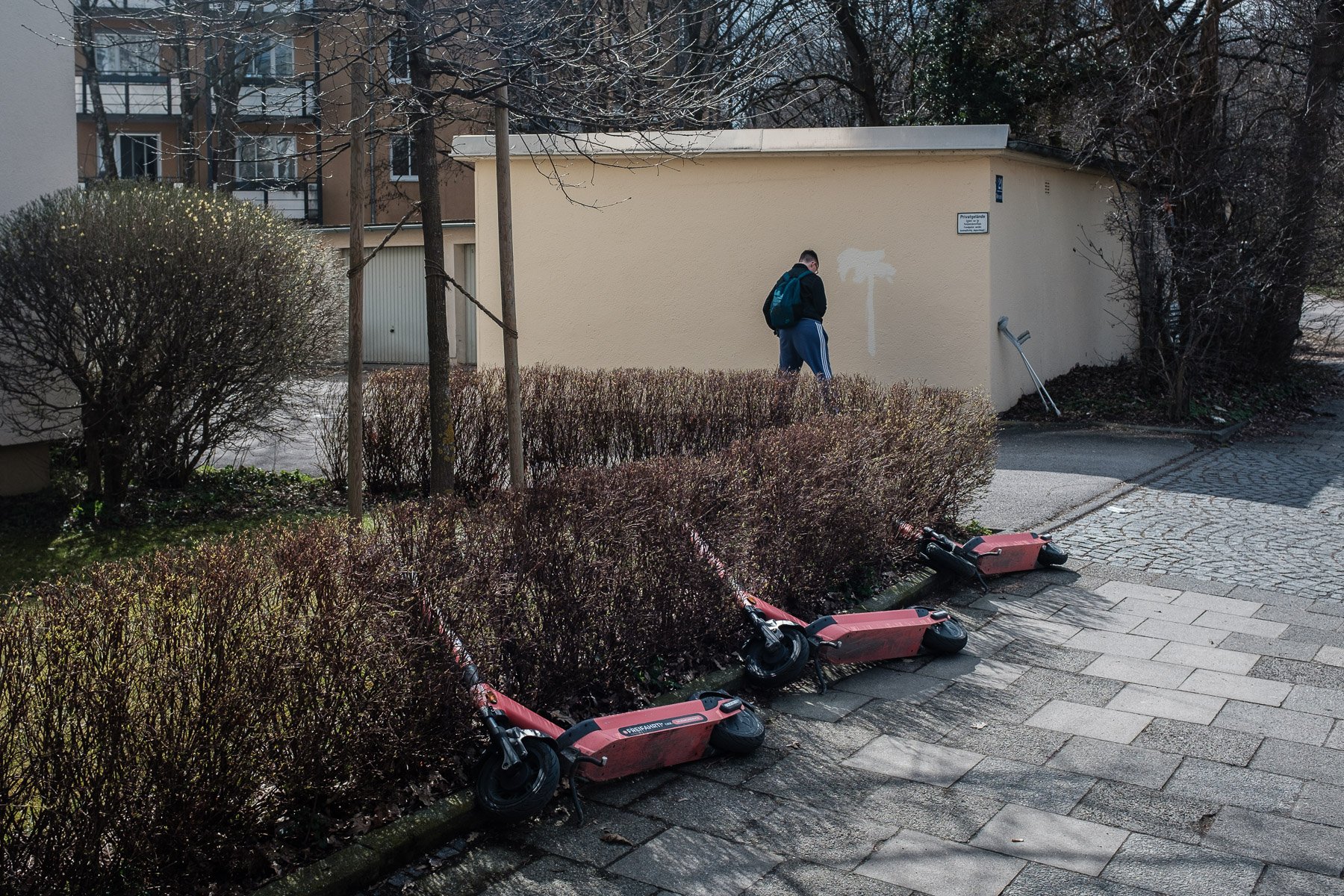

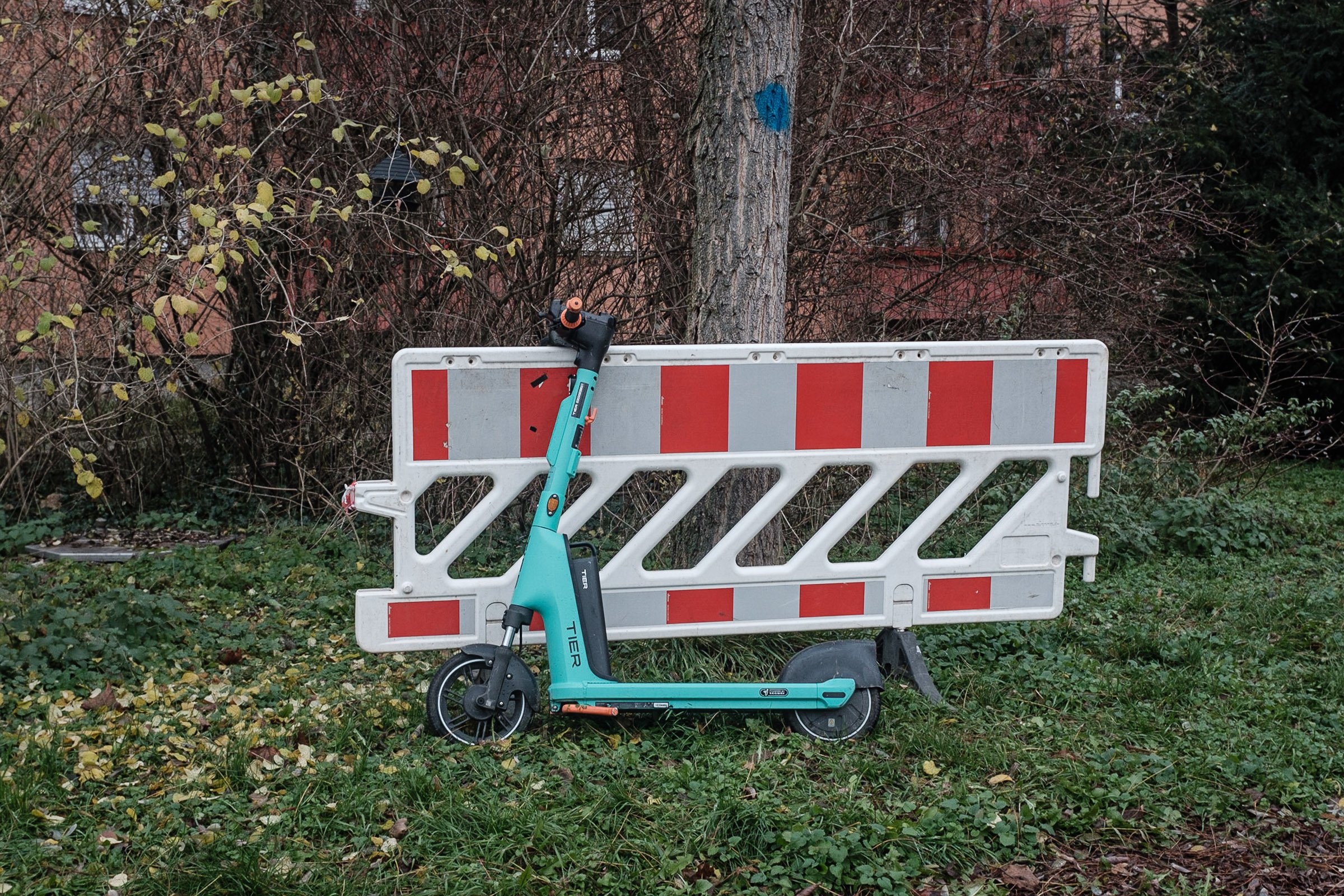
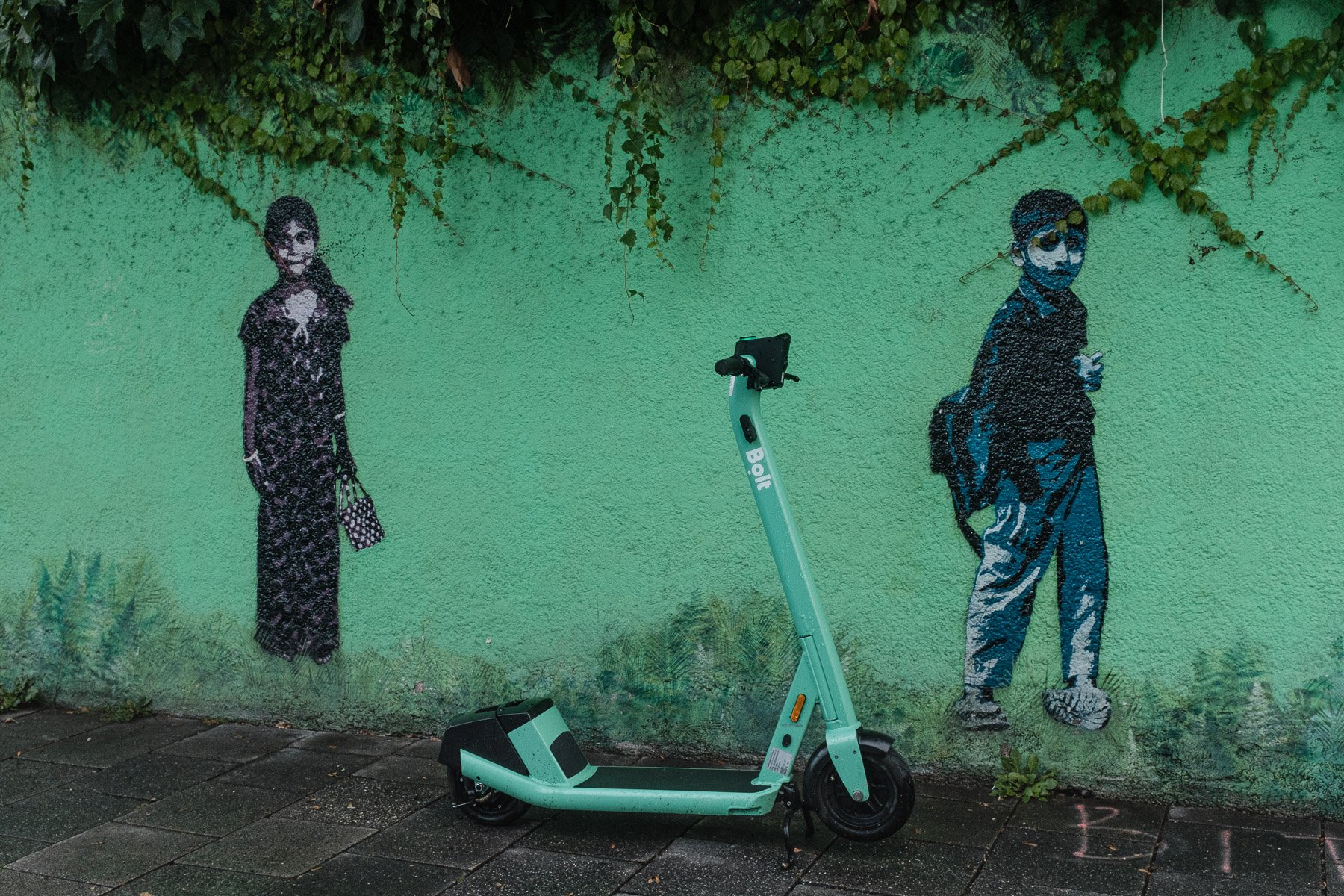

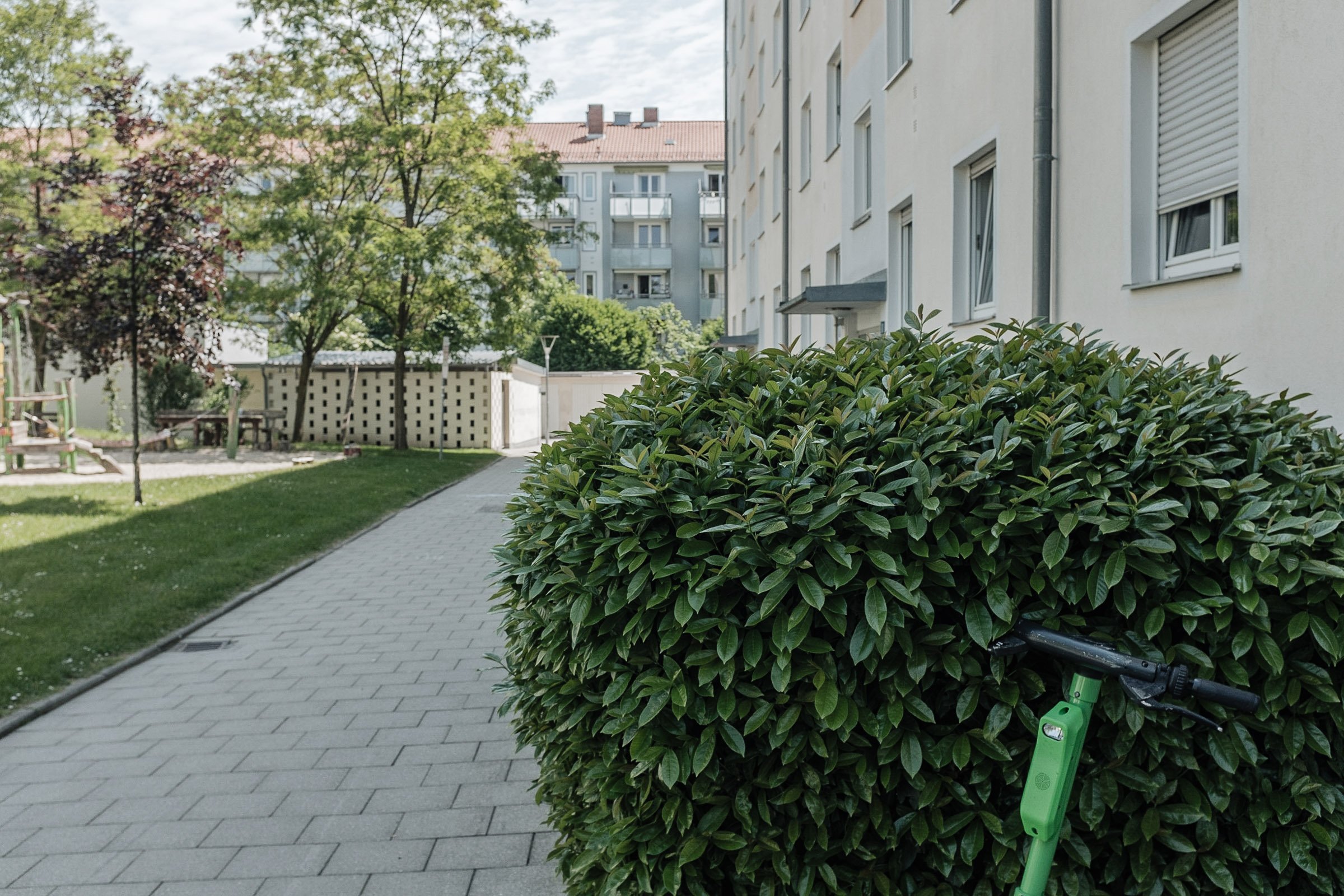


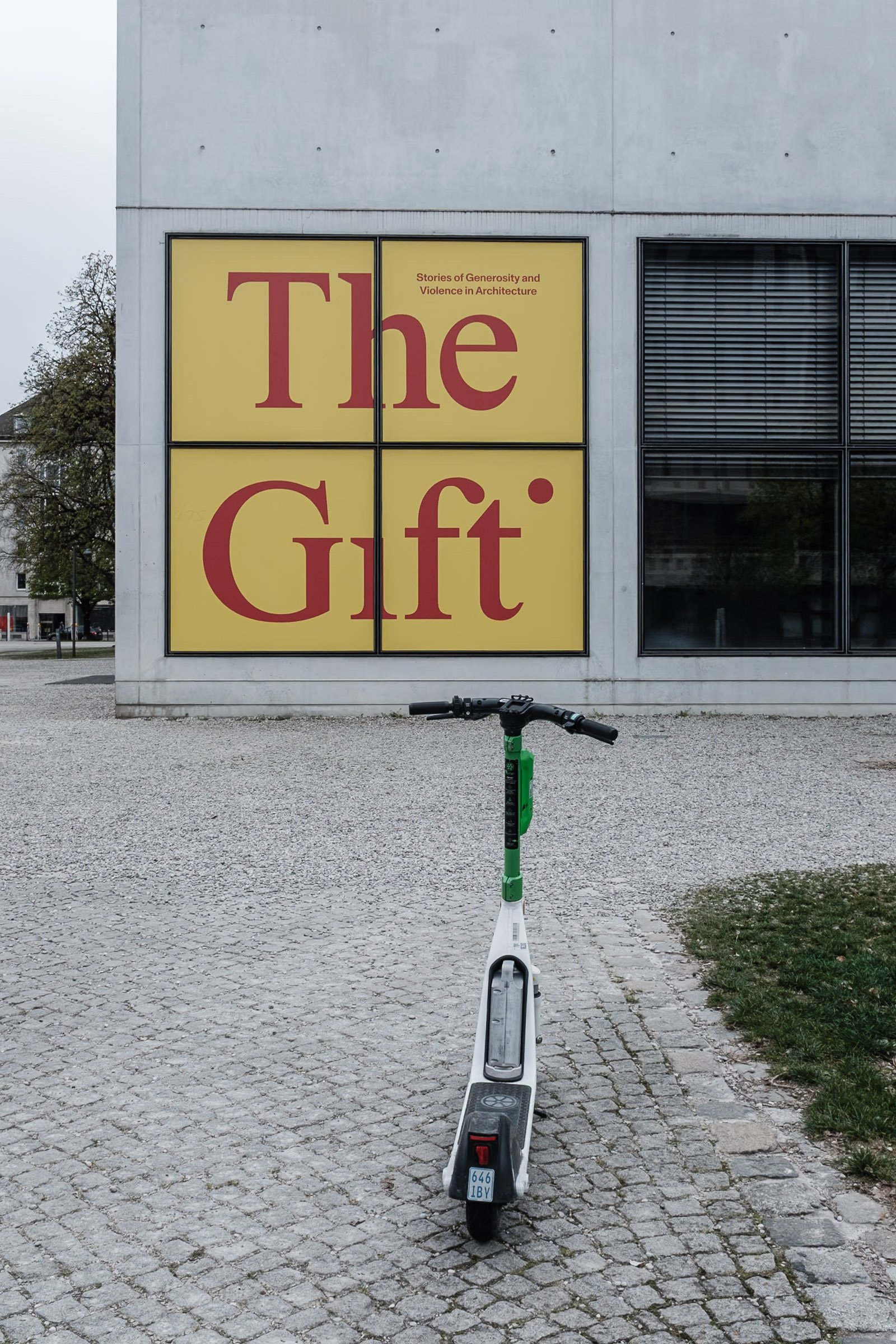
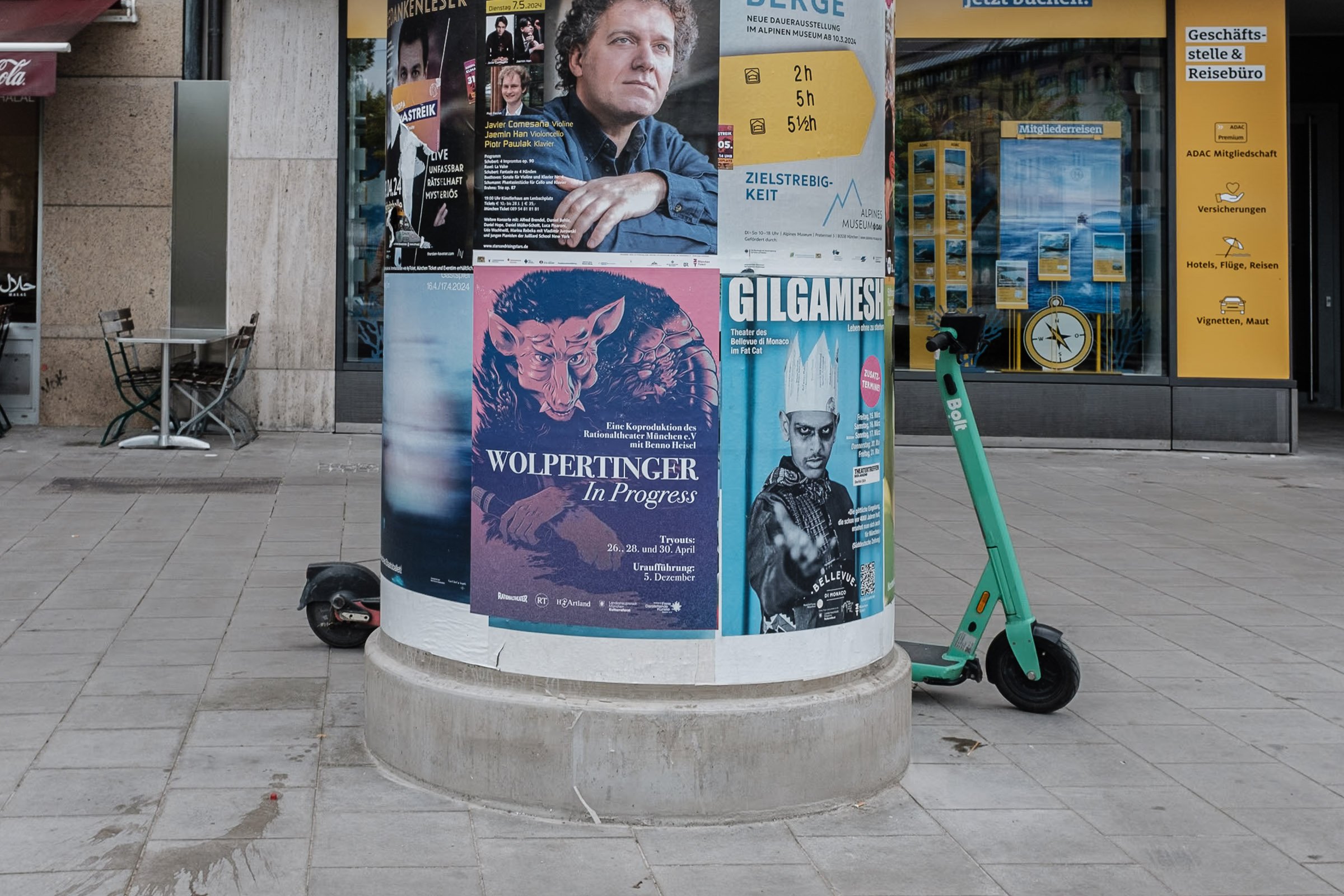
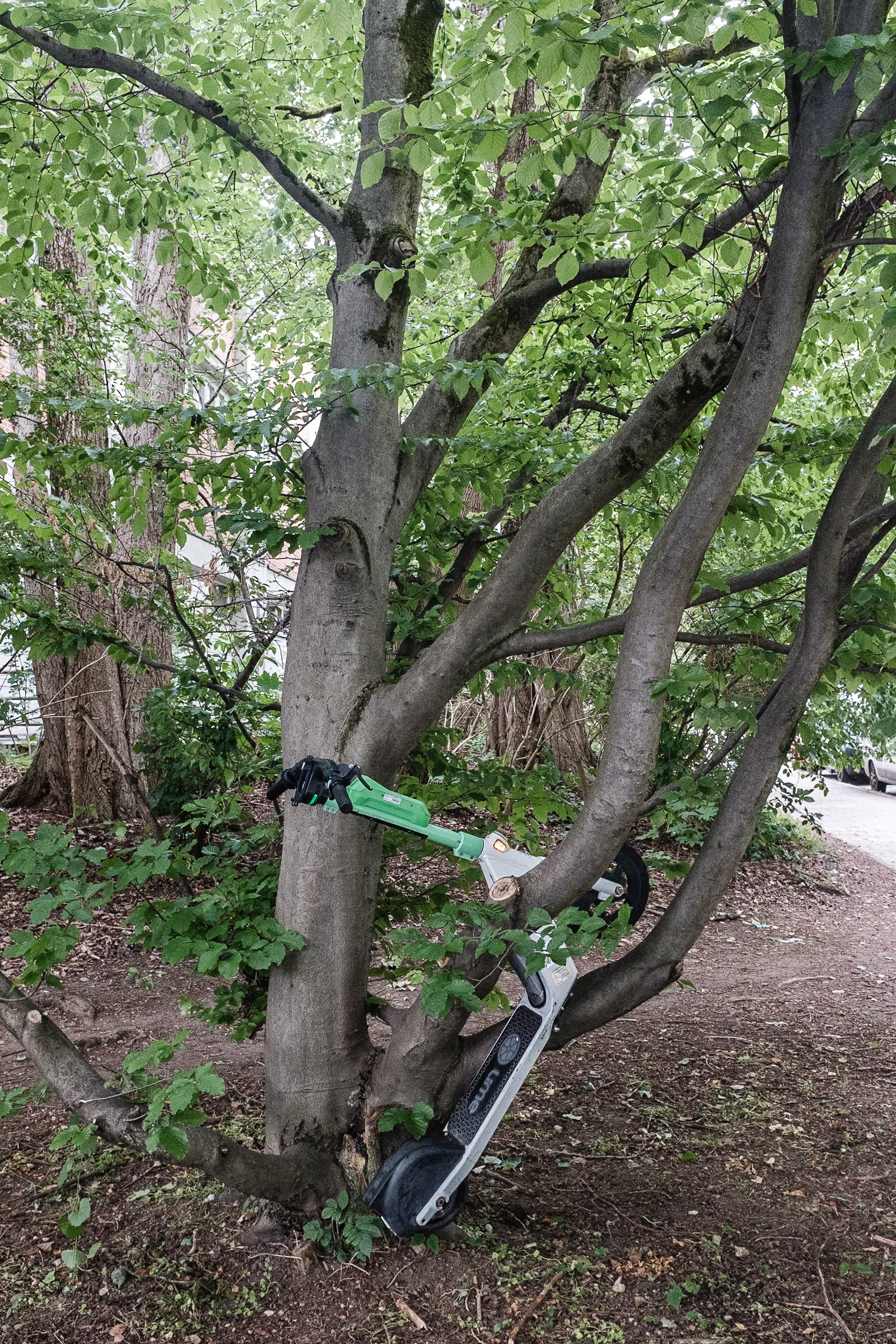
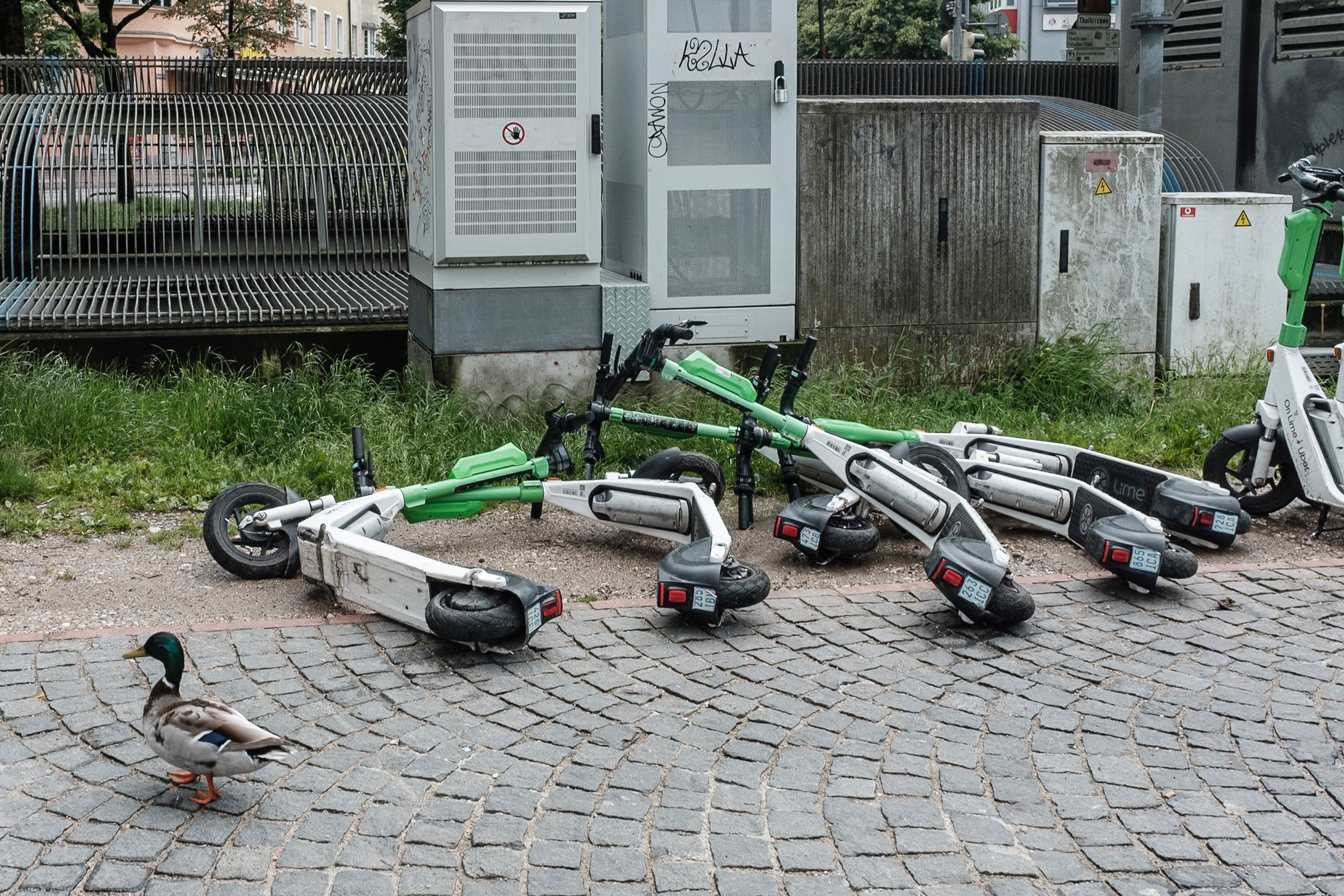
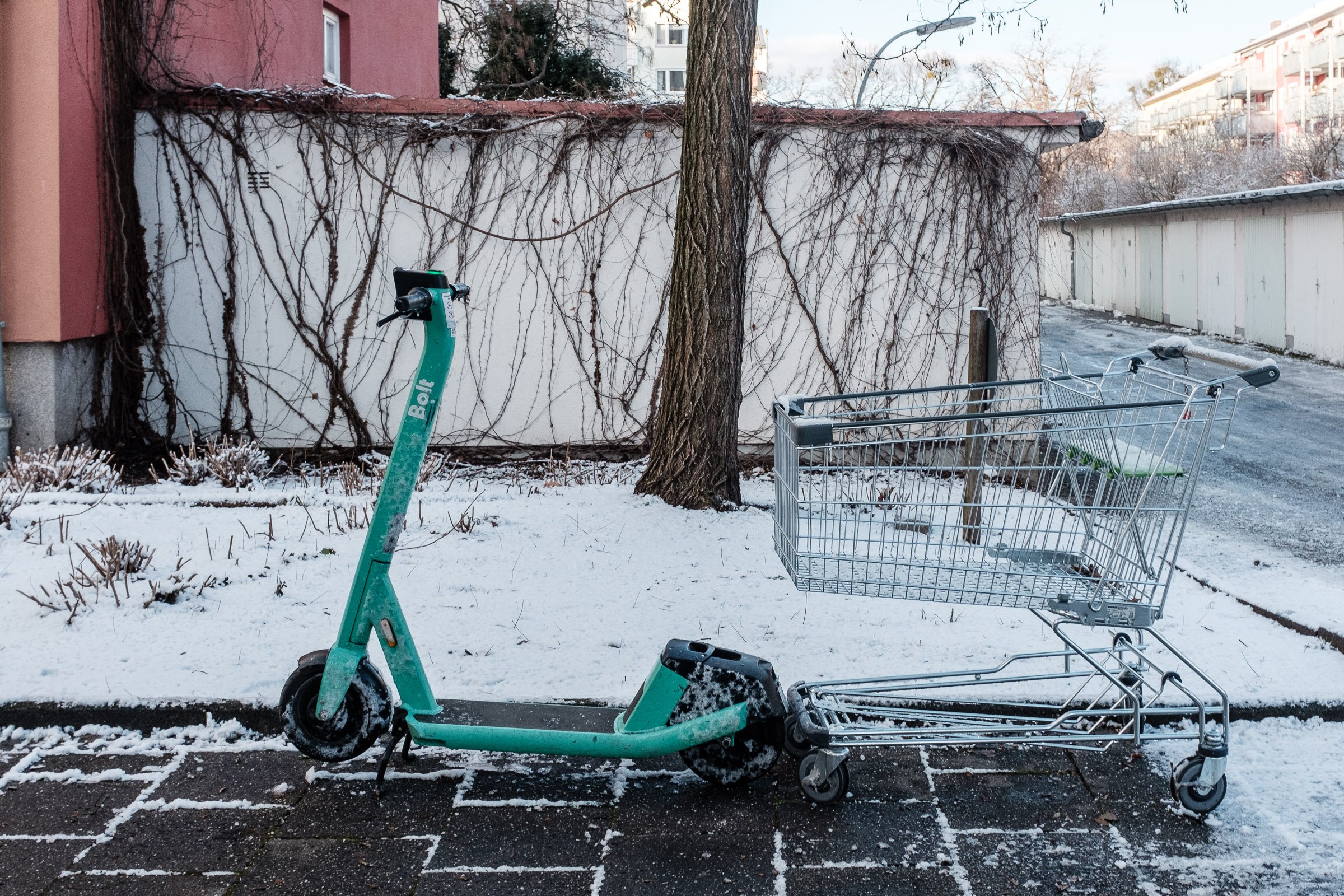
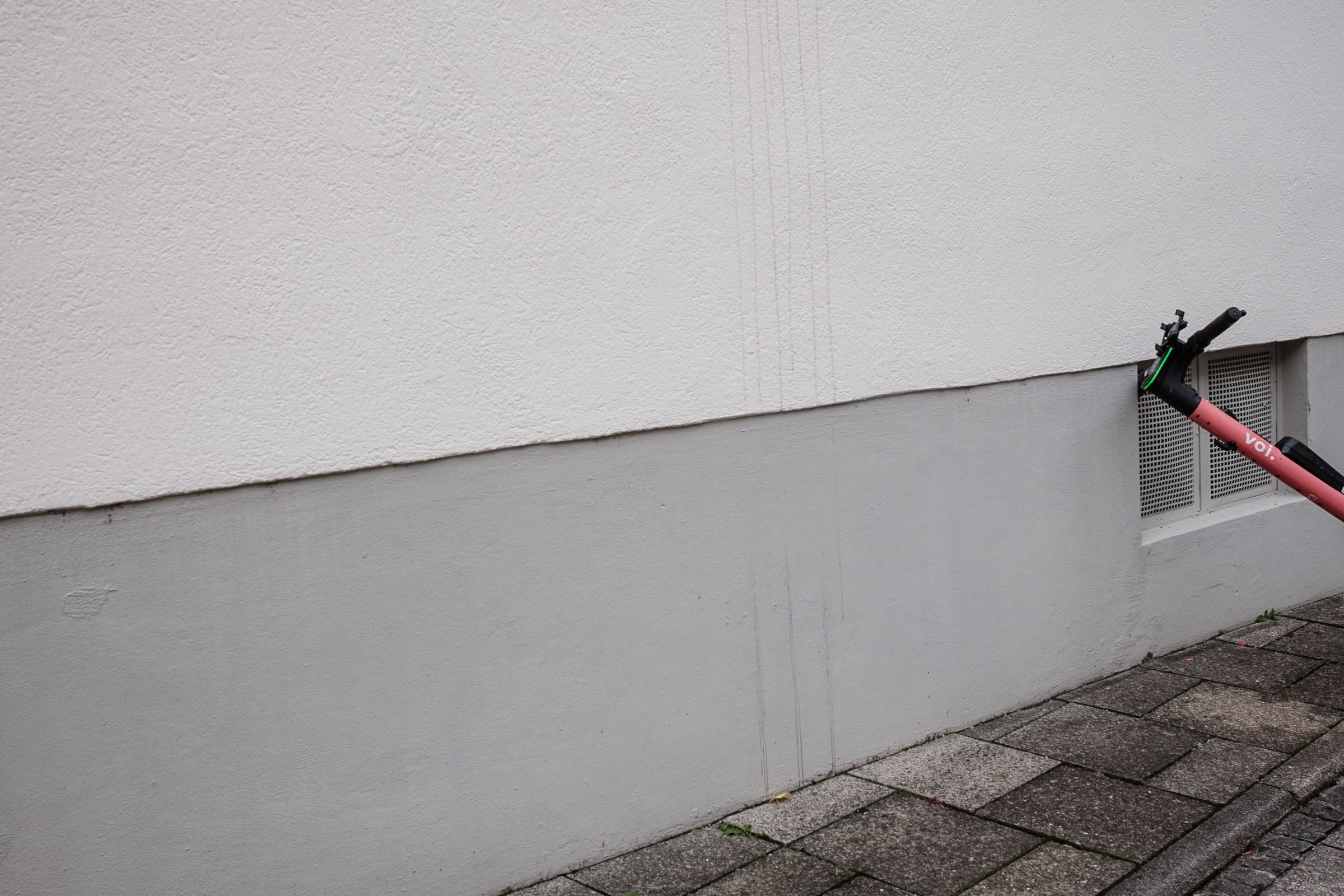
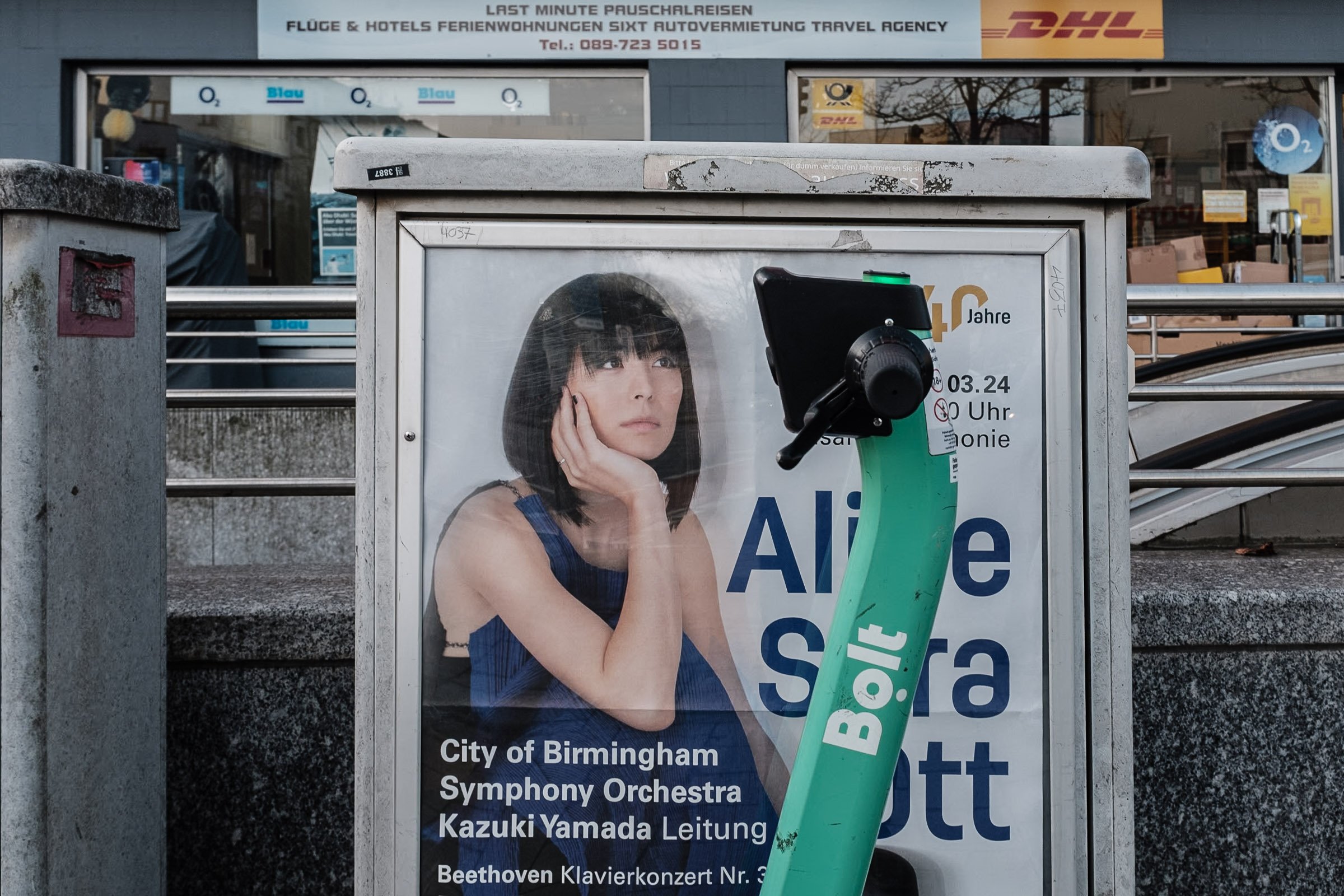
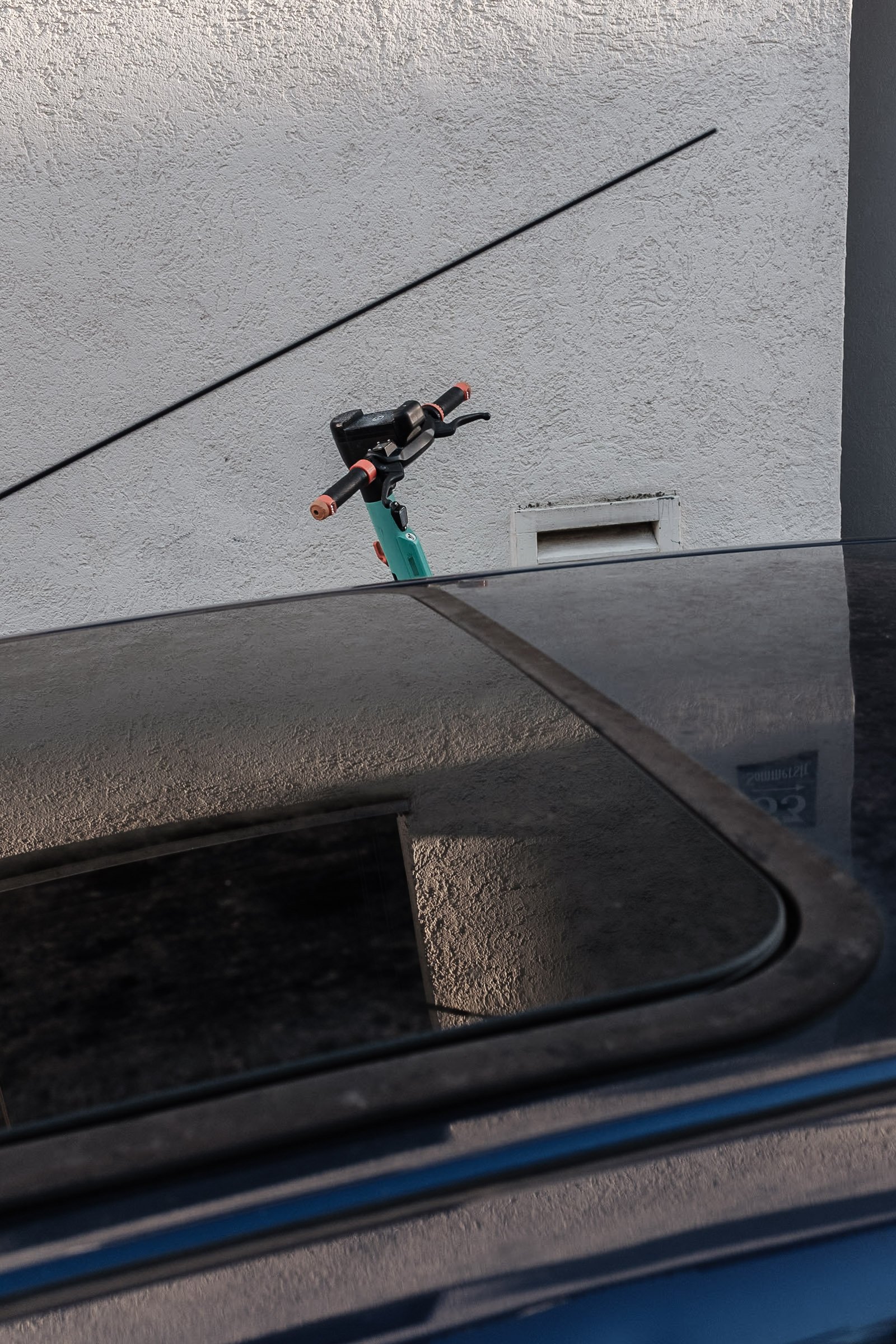


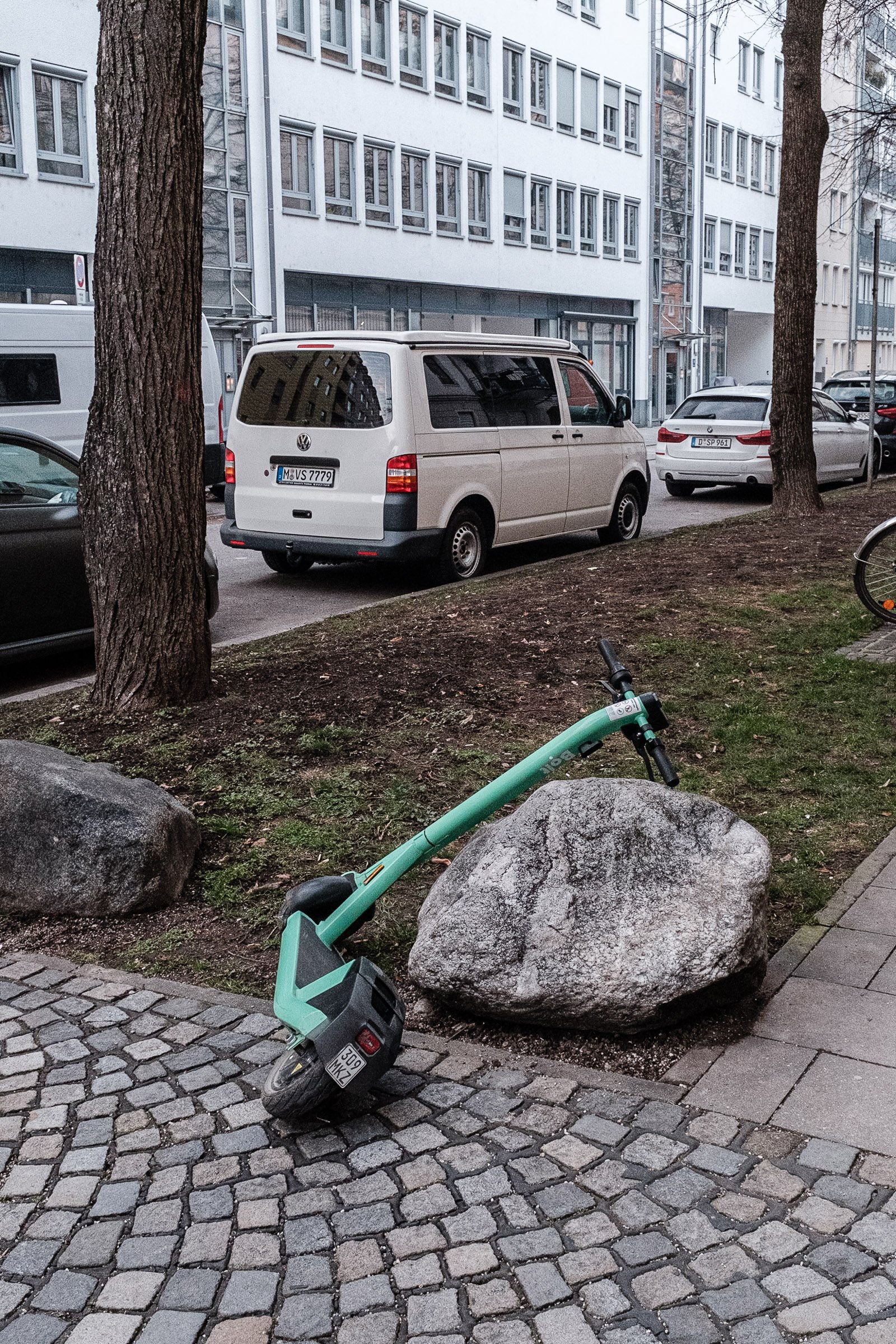
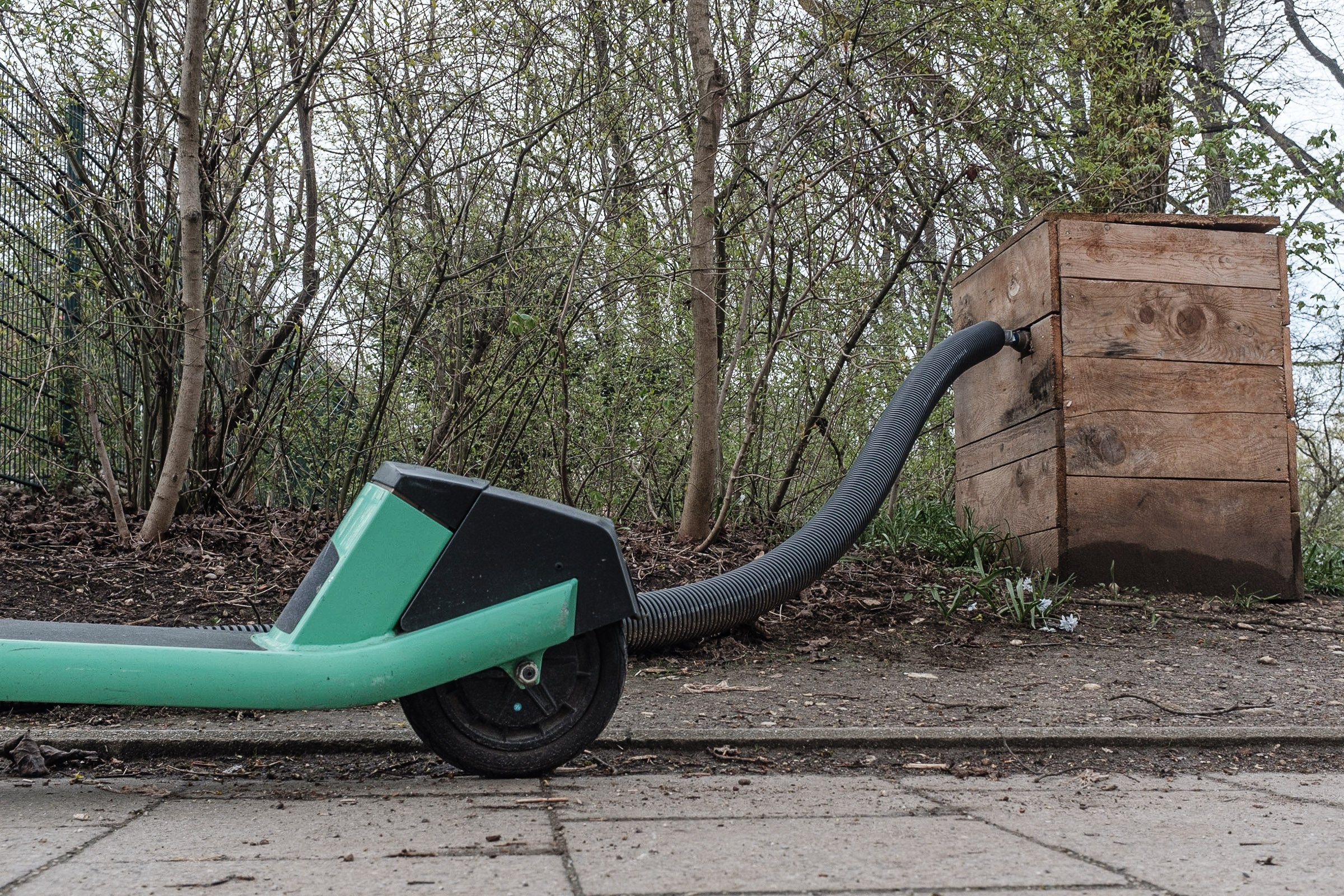
Obwohl all die Miet-Elektro-Roller, die heute in unseren Städten zu finden sind, jemandes Geschäft sind – das der Unternehmen, die sie zur Miete anbieten – gehören sie letztendlich niemandem. Sie sind nobody’s business.
Sie gehören niemandem. Das zeigt sich nicht nur daran, wie sie während ihrer Nutzung behandelt werden, sondern vor allem auch danach.
Diese Serie ist meine fotografische tägliche Beobachtung dieser Objekte. Aufgenommen, wann immer ich über sie stolpere. Was ziemlich oft vorkommt.
Although all these electric rental scooters scattered in today’s cities are someone’s business – of the companies
putting them out there for rent – in the end they are really nobody’s business.
They do belong to no one. It’s not only visible in the way they are treated while being used but especially after being used.
This series is my photographic everyday observation on these objects.
Shot whenever I do stumble upon them. Which is quite often.